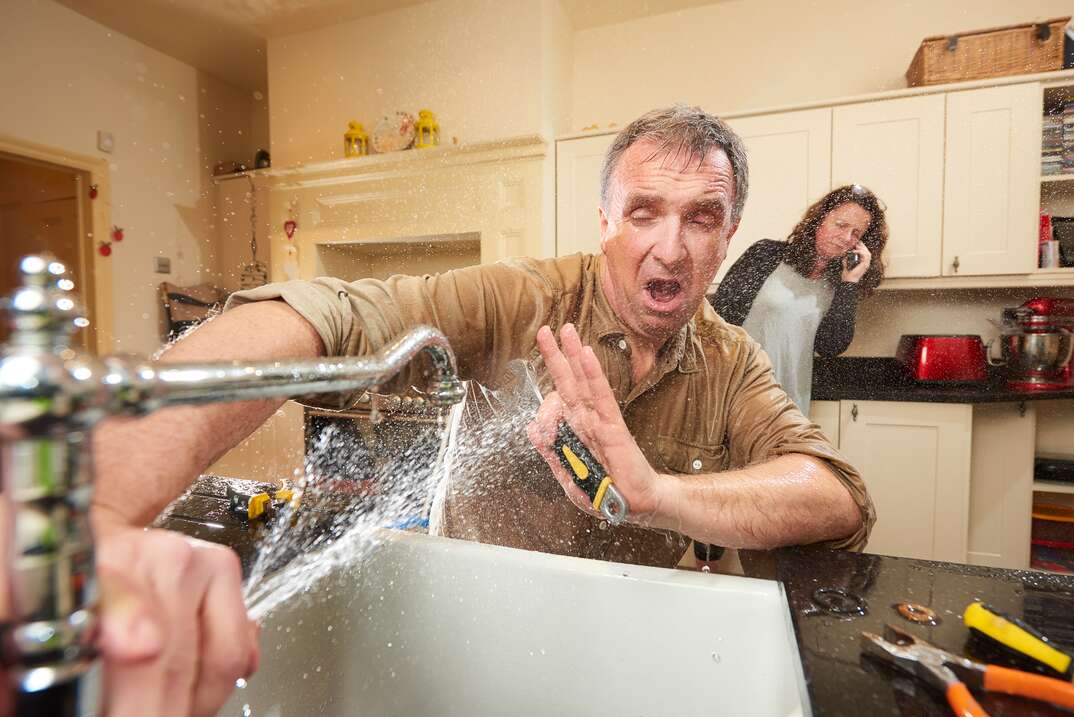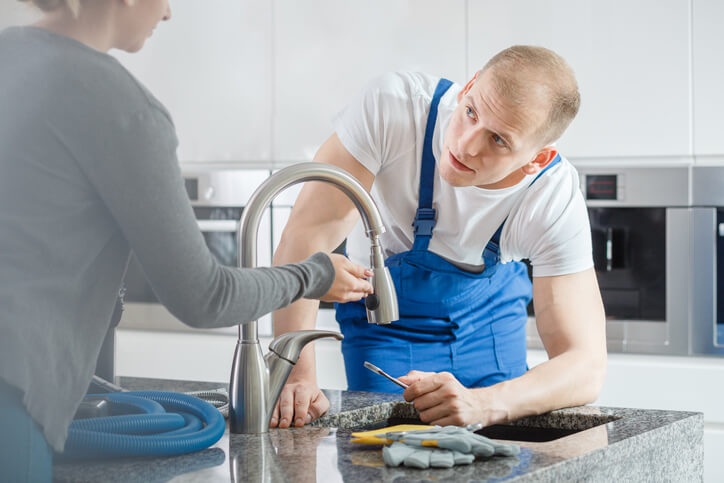When to Manage Plumbing Issues Yourself vs. When to Call a Skilled Plumber
When to Manage Plumbing Issues Yourself vs. When to Call a Skilled Plumber
Blog Article
The article which follows in relation to When to DIY and When to Call a Professional Plumber is quite captivating. You should check it out.

Introduction
Pipes problems can vary from small troubles to major migraines, often prompting home owners to determine in between taking on the issue themselves or employing an expert plumbing technician. Understanding when to DIY and when to look for professional help can conserve time, money, and protect against prospective calamities. This post explores the aspects to think about when making this important choice.
Benefits of Do It Yourself Plumbing
Handling pipes jobs yourself can be fulfilling in a number of means, particularly for easier tasks.
Price Savings
DIY pipes projects typically conserve cash by preventing expert service fees. Tasks like repairing minor leaks, replacing faucets, or installing new showerheads are examples where house owners can manage repair services without working with a plumbing.
Skill Improvement
Participating in DIY plumbing provides an opportunity to discover and enhance useful abilities. Standard jobs encourage house owners to understand their plumbing systems much better and obtain self-confidence in handling tiny fixings separately.
Risks of Do It Yourself Pipes
While DIY tasks provide advantages, certain threats should be meticulously thought about before attempting fixings.
Complexity of Tasks
Some pipes concerns require specific expertise and tools past regular homeowner capabilities. Mishandling complicated troubles can bring about further damage and expensive repair services.
Security Problems
Collaborating with pipes systems entails dangers such as exposure to water damage, potential for electrical hazards, and dealing with tools incorrectly. Safety precautions should be observed to avoid mishaps and guarantee efficient repair work.
Indicators to Call an Expert Plumbing
Identifying when a plumbing problem goes beyond DIY capabilities is vital to preventing worsening troubles.
Indications of Facility Issues
Instances consist of:
Motivate professional intervention is essential to address these problems properly and minimize damage.
DIY Pipes Tips
For successful DIY plumbing, it's important to be prepared with the right devices and adhere to correct treatments.
Standard Tools and Materials
Key tools for DIY pipes:
Step-by-Step Guides
Clear directions guarantee risk-free and efficient do it yourself repairs:
Picking the Correct Time to DIY
Determining when to deal with pipes tasks on your own needs examining both the complexity of the problem and individual comfort levels.
Analysis List
Consider:
When to Certainly Call an Expert
Certain circumstances require immediate experienced focus to prevent comprehensive damage or safety risks.
Examples consist of:
Finding and Hiring an Expert Plumbing
Picking a qualified plumber makes certain trustworthy service and satisfaction in dealing with pipes concerns.
Criteria for Choice
Variables to think about:
Price Evaluation: DIY vs. Specialist Services
Comparing the monetary effects of do it yourself initiatives versus specialist pipes solutions aids in making educated choices.
Financial Considerations
Review:
Verdict
Determining whether to do it yourself or call an expert plumbing technician depends upon understanding the intricacy of plumbing concerns and personal capacities. By evaluating the benefits and threats, home owners can make informed selections that promote efficient upkeep and guard their homes from pipes disasters.
DIY Plumbing Projects: What Homeowners Can Do and When to Call a Professional
Welcome to our comprehensive guide on DIY plumbing projects. In this blog post, we aim to empower homeowners with the knowledge and skills to tackle basic plumbing tasks around the house. From unclogging drains to fixing a leaky faucet, we’ll walk you through step-by-step instructions on how to handle these common issues.
However, not all plumbing problems can or should be solved with a DIY approach. Recognizing when a problem is beyond your skill level and requires professional intervention is just as important as knowing how to perform basic tasks. We’ll also discuss the signs that indicate it’s time to put down your tools and pick up the phone to call a professional plumber. By understanding when to DIY and when to call a professional, you can save time, avoid potential disasters, and ensure your home’s plumbing system remains in top shape.
Understanding Plumbing Basics
Before we dive into the DIY projects, let’s take a moment to understand the basics of your home’s plumbing system. A typical residential plumbing system consists of two major components: the water supply system, which brings fresh water into your home, and the drainage system, which removes waste water. These systems are made up of a network of pipes, valves, and fixtures that work together to deliver clean water and dispose of waste efficiently.
Regular maintenance of your plumbing system is crucial to prevent minor issues from escalating into major problems. This includes tasks like checking for leaks, removing minor clogs, and ensuring your pipes are insulated for winter. By performing these tasks regularly, you can extend the lifespan of your plumbing system, save money on water bills, and maintain the comfort and hygiene of your home.
In the following sections, we’ll explore some common DIY plumbing projects that homeowners can handle, as well as situations that require the expertise of a professional plumber. Whether you’re a seasoned DIY enthusiast or a beginner, this guide will provide you with valuable insights into the world of home plumbing.
DIY Plumbing Projects Homeowners Can Handle
Plumbing may seem intimidating, but there are several tasks that homeowners can confidently tackle with a little guidance and the right tools. Here are a few common issues you might encounter and how to address them.
Unclogging Drains
Use a Plunger: This is your first line of defense. A good old-fashioned plunger can dislodge the obstruction and clear the drain in many cases. Try a Plumber’s Snake or Hand Auger: If the plunger doesn’t work, a plumber’s snake or hand auger can reach deeper into the pipe to break up the clog. Use a Drain Cleaner: If physical methods fail, a chemical drain cleaner can dissolve the clog. However, use these products sparingly as they can damage your pipes if overused.

We were shown that write-up on through a good friend on another web property. Are you aware of somebody who is interested by the subject? Do not hesitate to promote it. We appreciate your readership.
This Page Report this page